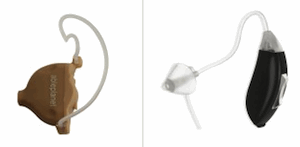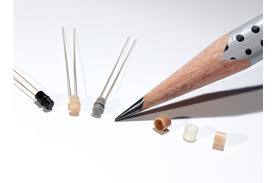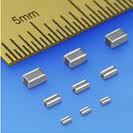Jul. 10, 2012
Q from an independent hearing aid specialist:{{1}}[[1]]I found this question in a Letter to the Editor, entitled “Profiting From Hearing Aid Sales.” It was published, but unanswered, in an industry journal[[1]] “I have minimum overhead… so perhaps my prices are lower than average. However, if Costco is purchasing their aids for the same price that the VA pays (the price of














